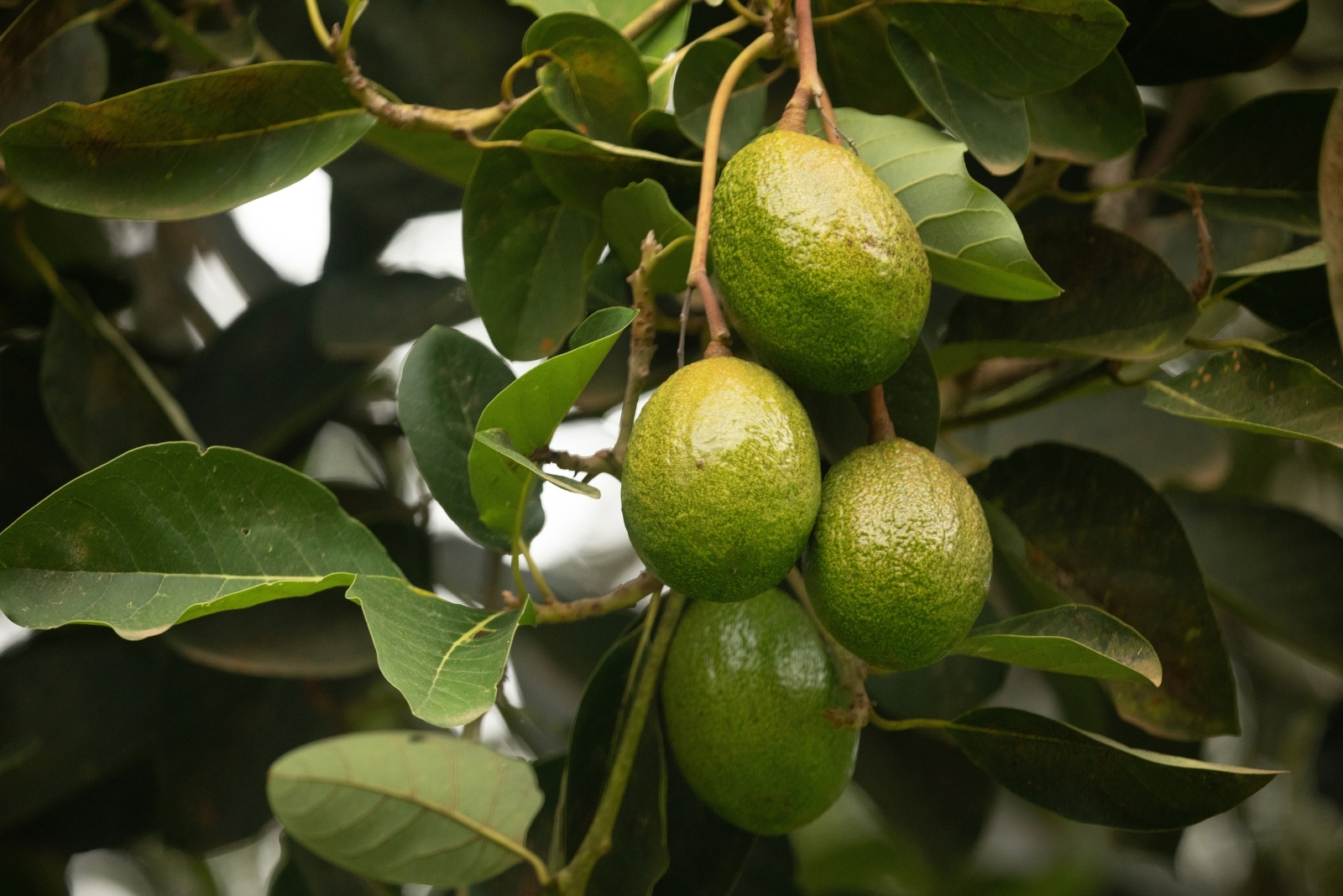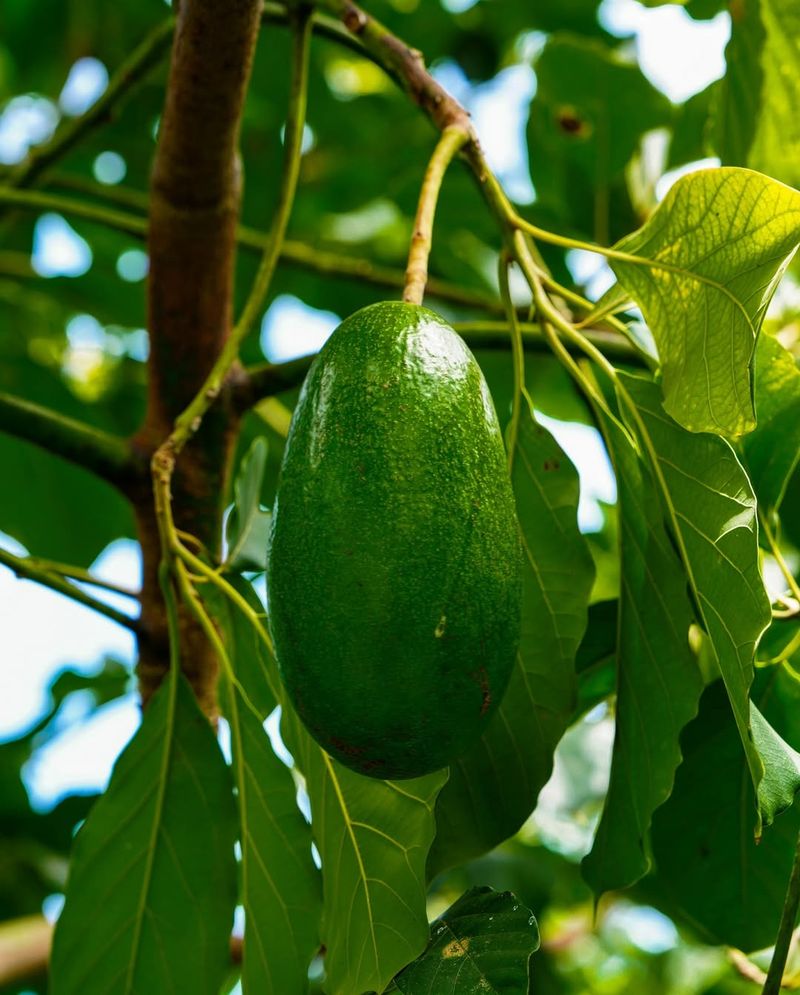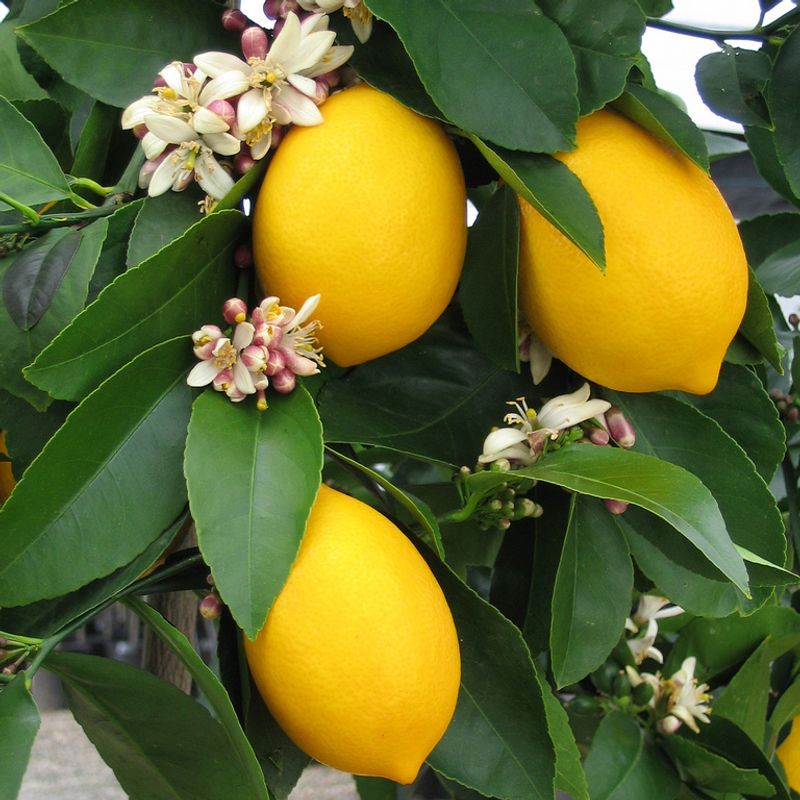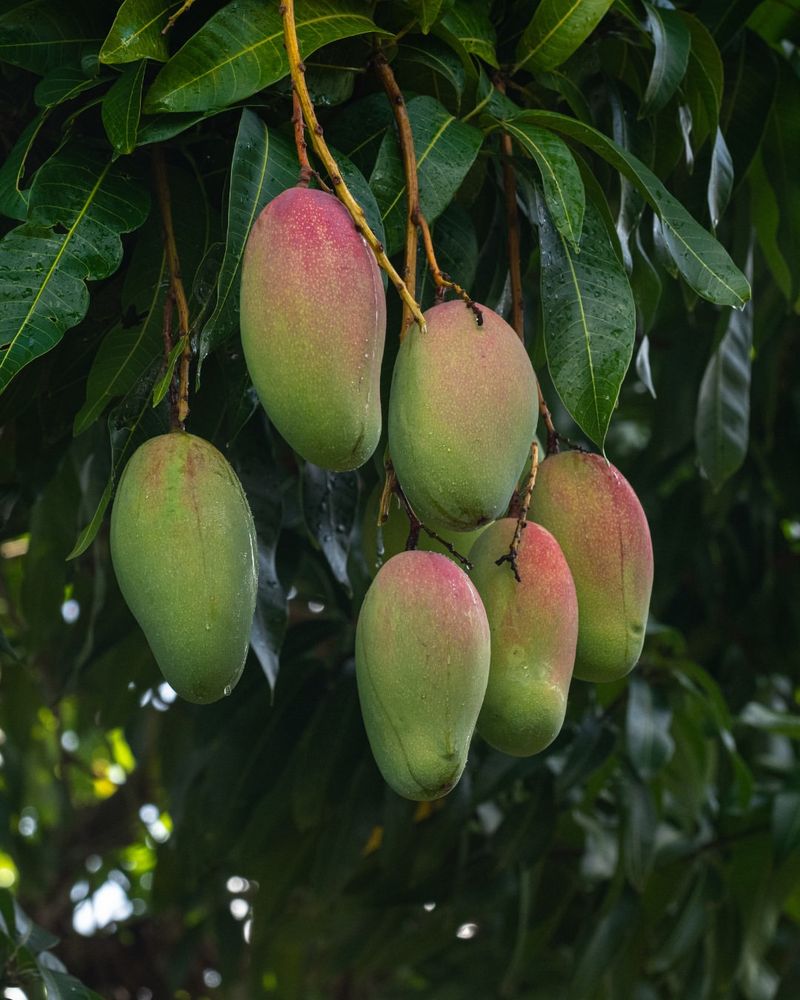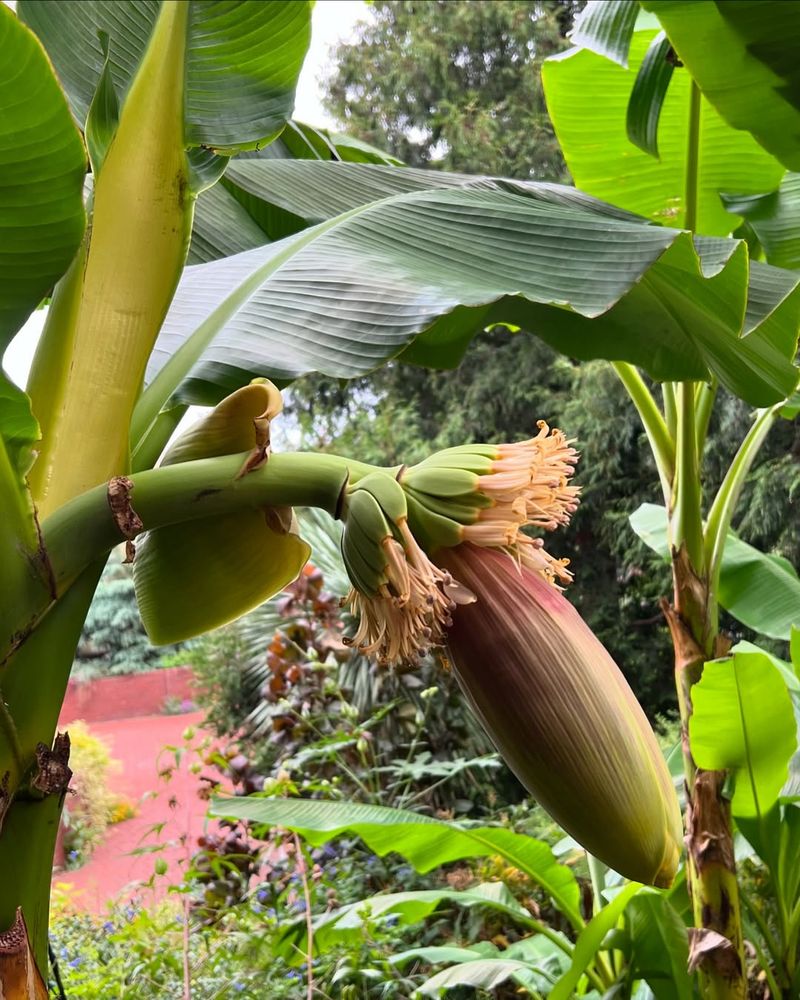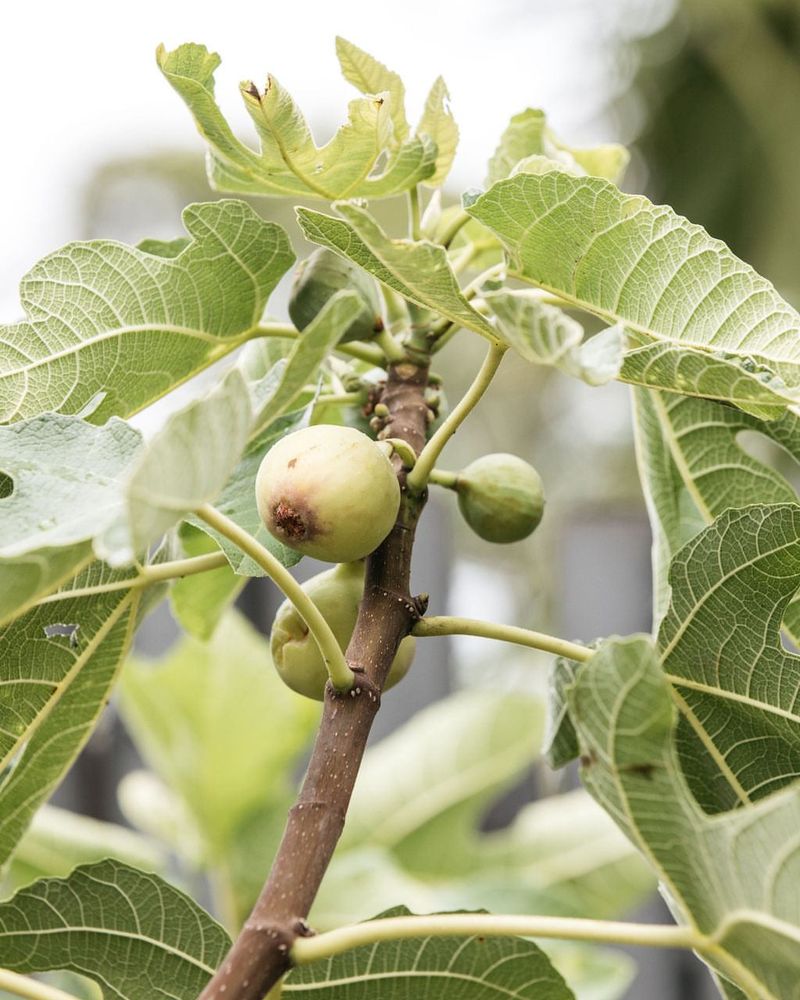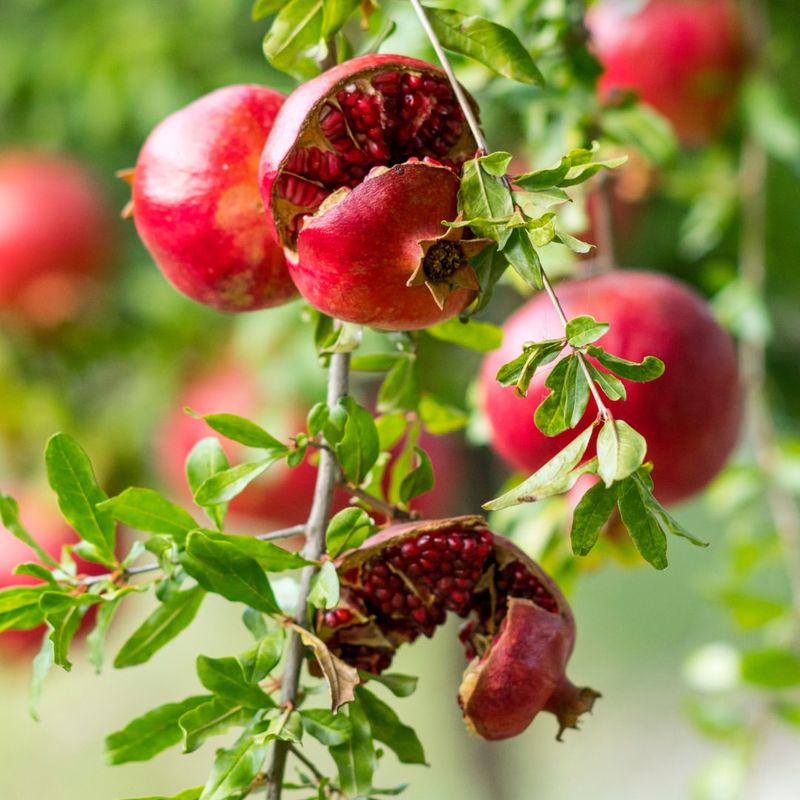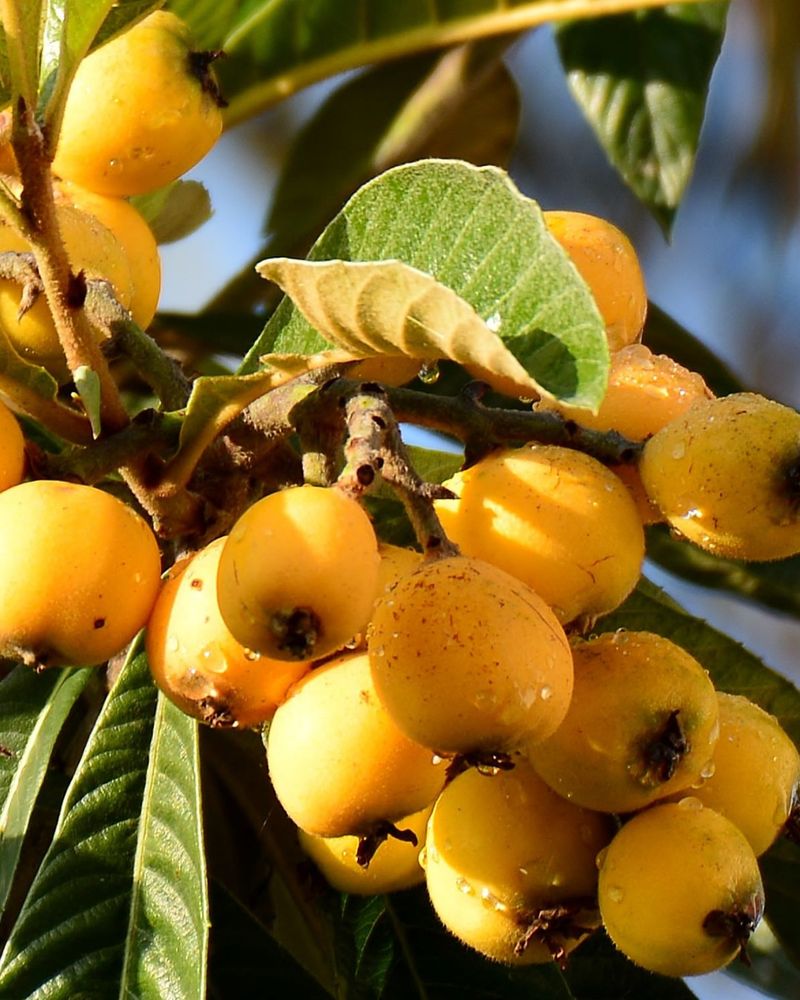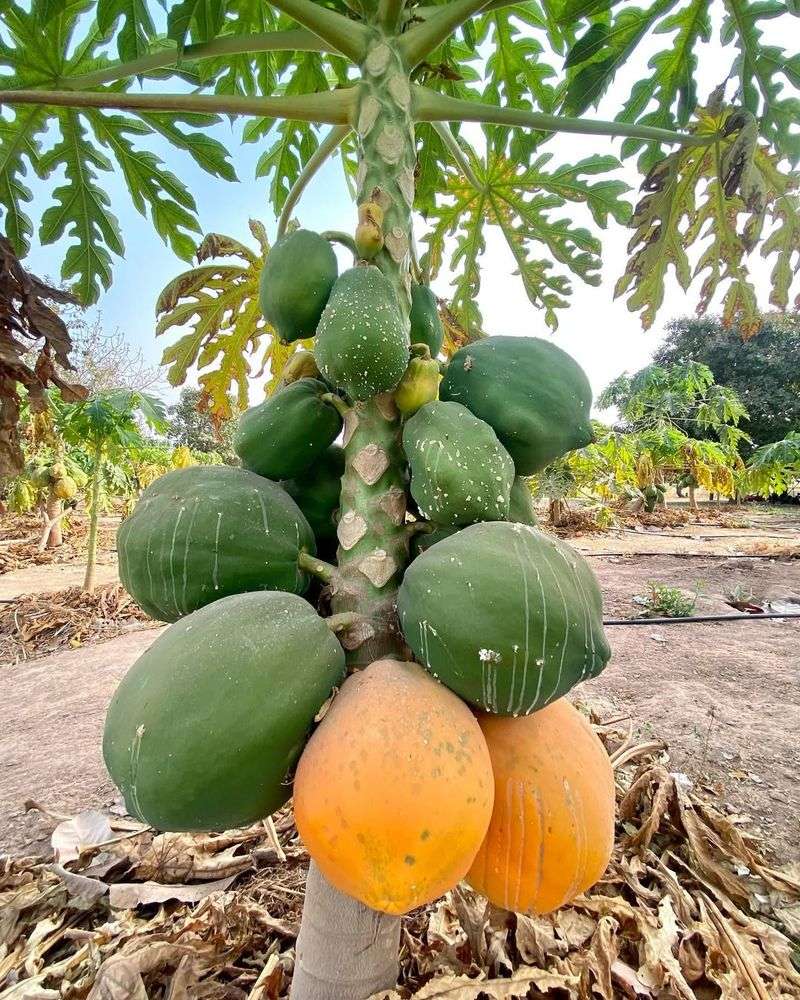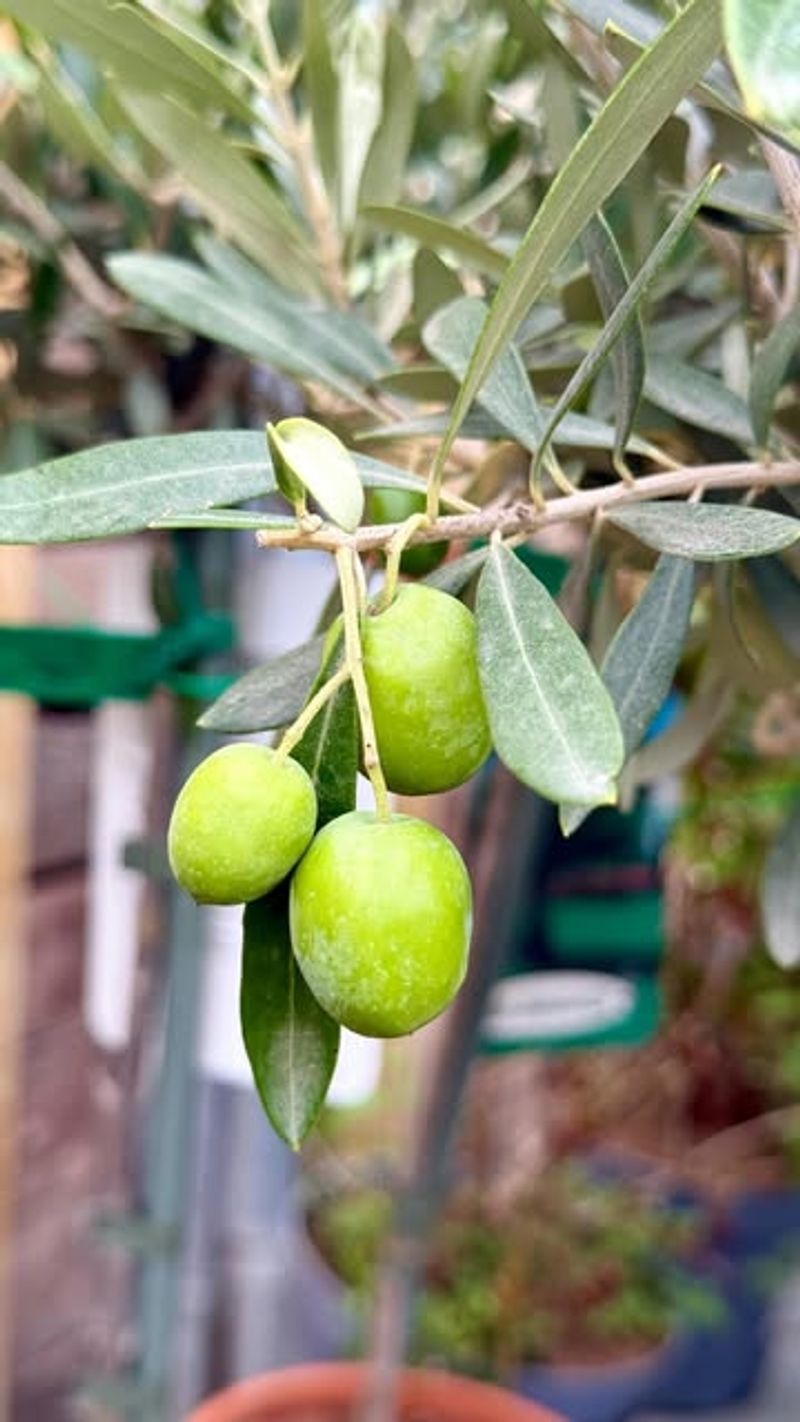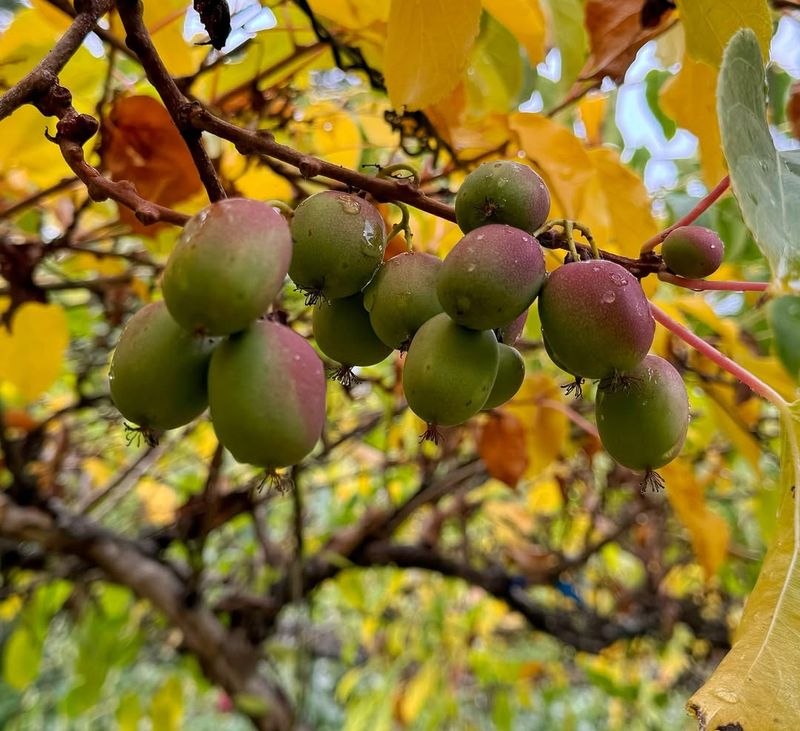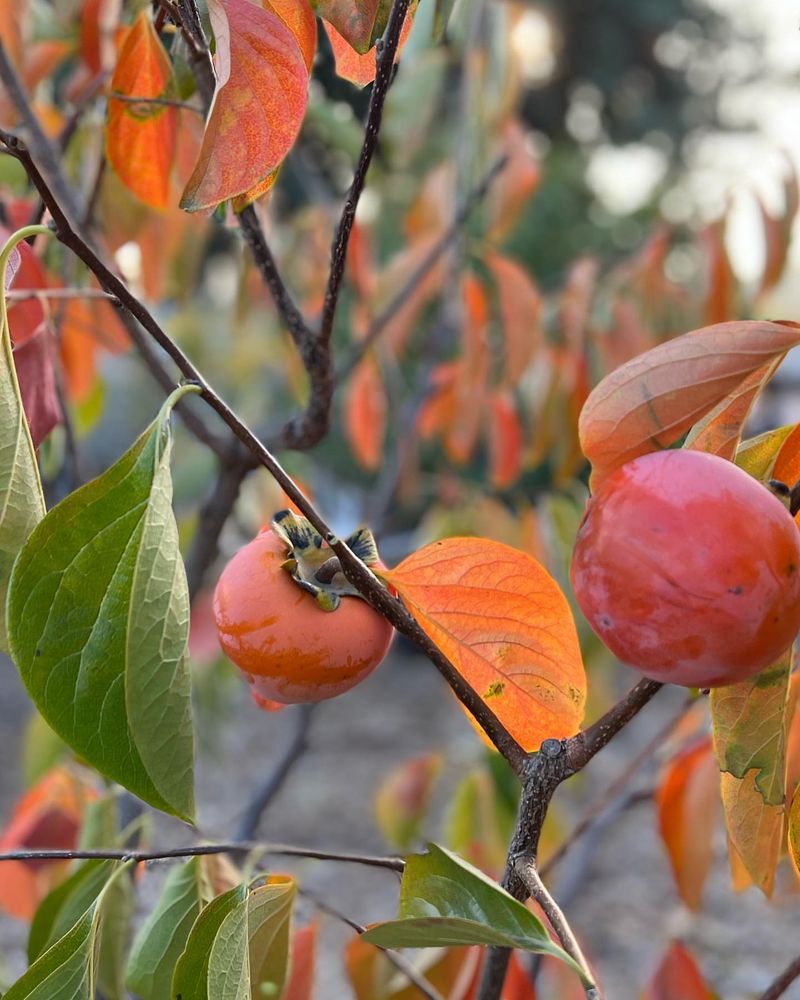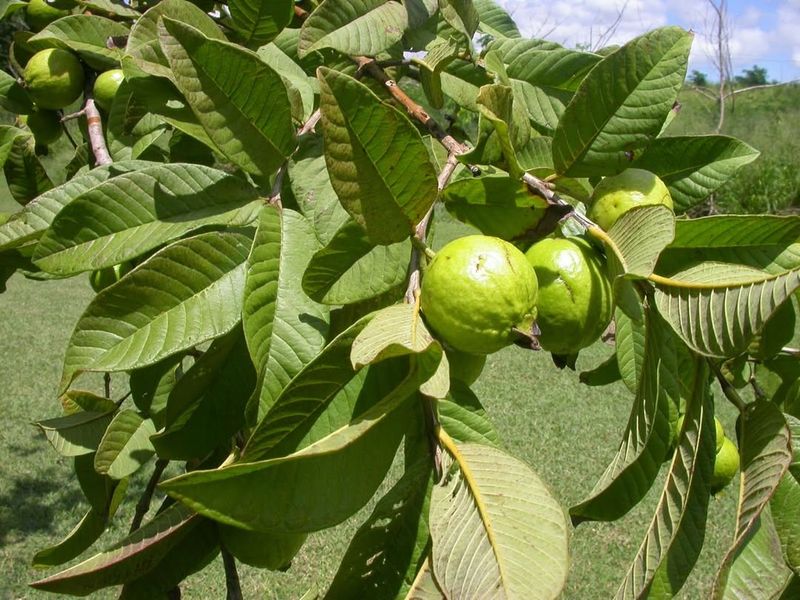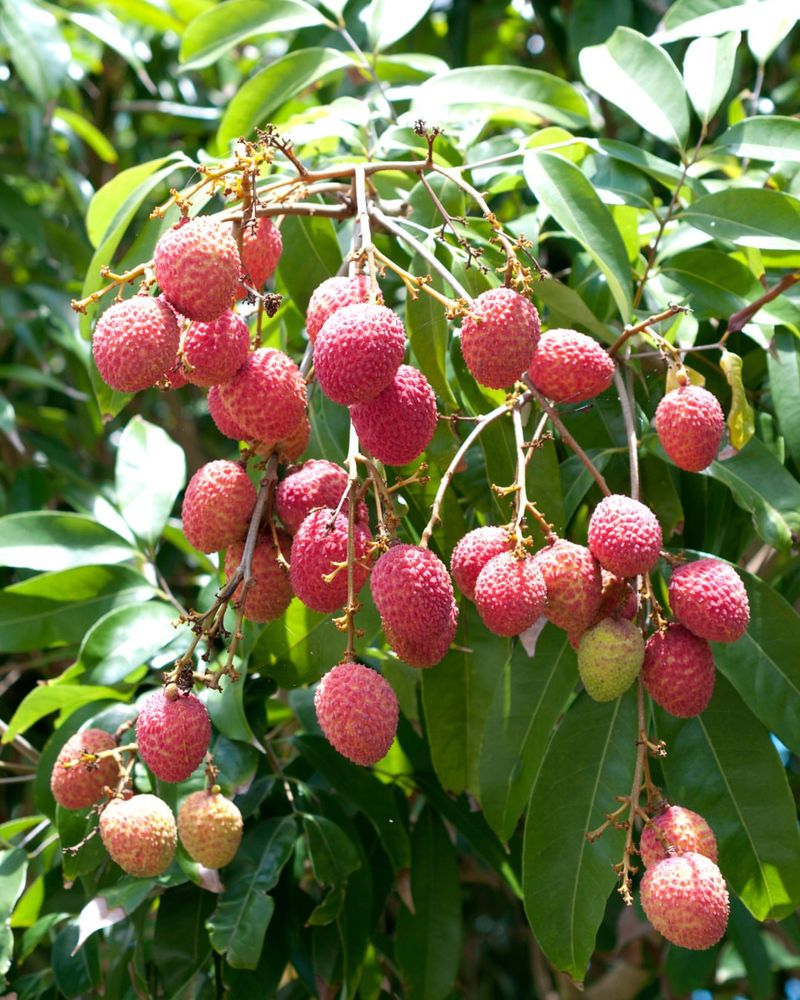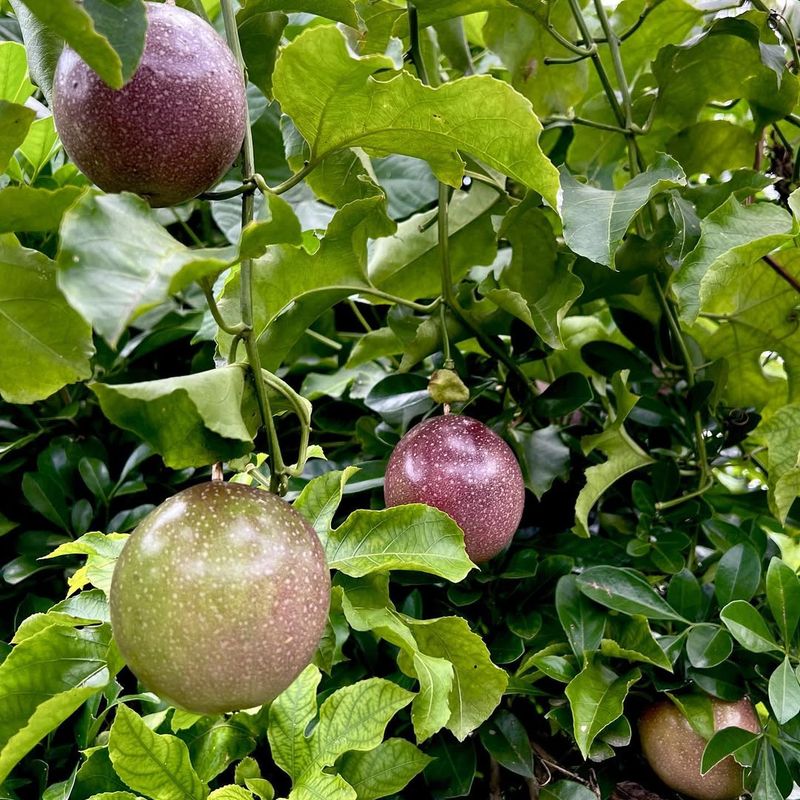Colorado’s beauty comes with its share of gardening challenges, especially for fruit trees. Some simply can’t handle the state’s fluctuating temperatures and short growing season.
Knowing which ones to skip saves time, effort, and heartache. Let’s explore 14 fruit trees Colorado gardeners should think twice about planting.
1. Avocado
Ever tried growing these tropical treasures in Colorado? The harsh winter temperatures quickly spell doom for these warmth-loving trees. Most varieties can’t survive when temperatures drop below 20°F.
Throughout Colorado’s growing zones, avocados simply lack the necessary heat units to produce fruit even if they somehow survived the winter. Container growing with indoor protection remains your only option.
2. Citrus
Lemons, limes, oranges – these sunshine fruits need consistent warmth that Colorado simply doesn’t offer. Winter temperatures consistently dip far below the 28°F threshold where citrus trees suffer damage.
Many Colorado gardeners try container-grown citrus, moving them indoors during our frigid winters. Even with this approach, our state’s dry air often leads to pest problems and poor fruit set despite best efforts.
3. Mango
Known as the king of fruits, mangoes demand tropical conditions that Colorado could never provide. They need consistent temperatures above 40°F year-round and absolutely hate our dry mountain air.
Colorado’s combination of winter freezes and low humidity makes growing mangoes virtually impossible outside of climate-controlled greenhouses. Even dedicated gardeners across the state find these delicious fruits remain firmly in the “buy-not-grow” category.
4. Banana
Those tall, tropical beauties you’ve seen on vacation? Completely unsuited for Colorado’s climate. Banana plants are actually giant herbs that die back completely when temperatures drop below freezing.
While some Colorado gardeners grow ornamental varieties as novelties, fruit production is virtually impossible. The growing season throughout the state simply isn’t long enough for these tropical plants to reach maturity.
5. Fig
Mediterranean figs crave warm, dry summers but can’t handle Colorado’s harsh winters. Most varieties suffer serious dieback when temperatures fall below 15°F, which happens regularly across the state.
Some dedicated Colorado gardeners try growing figs in containers or using elaborate winter protection methods. Even with these efforts, our short growing season often prevents the fruits from fully ripening before fall frosts arrive.
6. Pomegranate
These ancient fruits need long, hot summers to develop their jewel-like seeds. Colorado’s growing season is typically too short and cool for proper fruit development.
Winter protection becomes essential for pomegranates in all Colorado growing zones. Even protected trees rarely produce quality fruit in our state, making them more of an ornamental curiosity than a reliable food source for most gardeners.
7. Loquat
With their distinctive tropical appearance, loquats can’t handle Colorado’s winter temperatures. These evergreen trees suffer leaf burn and branch death when temperatures drop below 12°F.
Across Colorado, loquats struggle with our intense sun and dry conditions. The fruits, which form during winter in their native range, simply can’t develop properly given our state’s climate pattern and frequent spring frosts.
8. Papaya
Fast-growing and tropical, papayas are completely unsuited for Colorado gardens. They can’t tolerate any frost whatsoever and need consistent temperatures above 60°F to thrive.
Colorado’s climate offers absolutely none of what papayas require – our winters are far too cold, our humidity too low. Even in a greenhouse setting, these trees remain challenging for gardeners throughout the state.
9. Olive
Despite their drought tolerance, olives can’t handle Colorado’s cold winters. These Mediterranean natives suffer serious damage when temperatures drop below 15°F, a common occurrence in our state.
Some Colorado gardeners experiment with dwarf varieties in containers that can be moved indoors. Even with protection, our climate’s low humidity and intense winter sun often stress these trees, making fruit production unlikely.
10. Kiwi
Standard fuzzy kiwi varieties demand a climate milder than Colorado can provide. These vines typically suffer severe dieback when temperatures fall below -10°F, even with protection.
Throughout Colorado’s various growing zones, kiwis struggle with our late spring frosts. The hardy Arctic kiwi varieties offer a better alternative for state gardeners, though they still require careful site selection and winter protection.
11. Persimmon
American persimmon varieties show some promise, but the sweeter Asian types struggle in Colorado. Late spring frosts often kill flower buds just as they’re developing.
Many Colorado gardeners have watched their persimmon trees grow beautifully only to have the fruit crop destroyed by early fall freezes. Our state’s short growing season frequently prevents the fruits from fully ripening before cold weather arrives.
12. Guava
Tropical guavas can’t survive Colorado’s winter temperatures. These evergreen trees suffer complete dieback when exposed to temperatures below 28°F, which happens routinely across the state.
Colorado’s dry climate presents additional challenges for humidity-loving guavas. While they might survive briefly as container plants moved indoors during winter, fruit production remains virtually impossible throughout all growing zones in the state.
13. Lychee
Exotic and delicious, lychees require tropical conditions completely opposite to Colorado’s climate. They cannot tolerate temperatures below 28°F and need high humidity to thrive.
Colorado gardeners might occasionally grow lychees as novelty container plants, but fruit production is impossible. Our state’s combination of cold winters, dry air, and intense sun creates multiple stress factors these sensitive trees cannot overcome.
14. Passion Fruit
Despite their vigorous growth, passion fruit vines can’t handle Colorado’s cold winters. Most varieties suffer complete dieback when temperatures drop below 30°F.
Throughout Colorado’s various growing zones, these tropical vines struggle with our dry conditions. Even if grown as annuals during summer, our state’s relatively cool nights often prevent proper fruit development and ripening.

